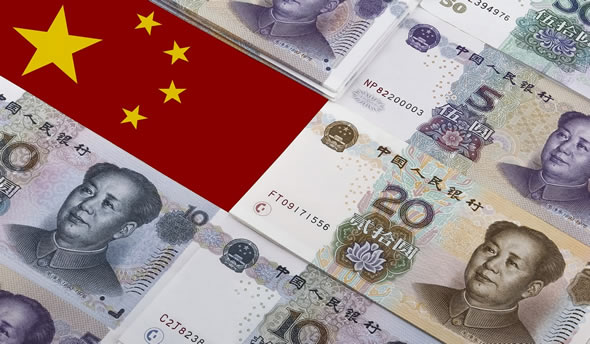
Members whose companies have material exposure to the Chinese market exchange experiences with how to manage the currency risk.
What’s the best course of action when corporates need to blunt their growing cash-flow exposures in China? The answer, hedge. But what’s the best approach? Depends on the company of course. At a recent FX summit of NeuGroup’s two FX Managers’ Peer Groups – which due to COVID-19 was NeuGroup’s first-ever virtual peer group meeting – one session dealt with managing RMB risk. Two members shared their situations and planned or current approach, followed by virtual breakout discussions for peers to compare and contrast.
- Company 1: As a company with many retail locations in China, Company 1’s cash-flow exposure is driven by the renminbi (RMB) royalties owed by RMB-functional entities to a USD-functional entity. The royalties are payable in USD and currently the onshore team processes RMB spot conversion to USD via a local payment bank. However, treasury is in the process of moving future royalty payments hedging, conversion and hedge settlement to treasury operations.
- Company 2: This globally USD-functional company has expenses (capex and opex) in RMB related to the Chinese manufacturing of products (sold worldwide, priced in USD), as well as R&D and sales and marketing expenses. The company has a seven-person treasury front- and back office in Shanghai.
Which market? The RMB is traded in two markets (onshore China, offshore China) with three curves: CNY (onshore), NDF (non-deliverable forwards) and CNH (offshore). Since mid-2018, offshore entities can access onshore FX rates in China and dividend payments and “forecasted” RMB exposure are eligible transactions. The CNY is traded on CFETS (China Foreign Exchange Trade System), run by the central bank, PBoC. Among the global banks, Citi, HSBC and Standard Chartered, for example, are CFETS members.
- Company 1: As a buyer of USD, the CNH curve is more advantageous since the CNY curve includes a 150 basis point reserve charge.
- Company 2: The CNY curve is better for a buyer of RMB like this company.
External and internal challenges: The implementation and ongoing running of a cash-flow hedge program faces some challenges of both external and internal nature, such as:
- Documentation requirements from counterparties and regulators. Limitations as to what CFETS offers in products and tenors.
- Since the CNY market is controlled, the USDCNY reference rate that is announced daily is open to manipulation.
- The liquidity of the CNY NDF market falls off beyond the 1-year tenor mark.
- Use and pricing of options/collars if and when the CNY market moves beyond PBoC’s +/- 2% guidance.
- The counterparty credit risk is harder to quantify when dealing with locally regulated affiliates of multinational partner banks.
- For company 2, if market conditions drive a shift from revenues in USD to CNY, what are the hedge program implications?
- What do you lose when you centralize the hedge program to US? Local knowledge and contacts on the ground is particularly valuable in high-context cultural environments like China. How much of that will be lost in a drive to centralize hedging to HQ, many timezones away? It will be harder to communicate with the remaining team on the ground, as well as with trusted, regular bank contacts for FX and other local needs.
Accounting rate. Try to push for the use of the same accounting rate as the market you use the most; if you trade and hedge in the CNH market, push to use CNH as the accounting rate as well.
Hedge accounting. Does the choice of market have hedge accounting and effectiveness testing implications? For example, if CNY is the intercompany billing currency, would hedging in the NDF market require regression vs. only critical-terms match if you used the CNY market?
Internal collaboration:
- Between FX, BU and AP teams for accuracy in forecasting and payment timing.
- IT and TMS considerations: Can systems facilitate both CNY, CNH and NDFs?Will the system require the creation of a new “country” and assign the second RMB curve to that.
- Legal and compliance: what amendments of key intercompany agreements are necessary?
- Treasury: additional ISDA, KYC and other banking requirements.
- Treasury Ops & Treasury Middle office: aligning settlement details, CNH (or CNY) accounts setup, Reval transaction flow.
- Educating general internal stakeholders on the RMB market.
Note: Renminbi (RMB) is the name of the currency; a yuan is a unit of the currency; CNY is the onshore-traded yuan, CNH is the offshore-traded yuan; NDF is a non-deliverable forward denominated in CNY.


